Active Transport Drawing
Active Transport Drawing - If a substance must move into the cell against its concentration gradient, that is, if the concentration of the substance inside the cell must be greater than its concentration in the extracellular. Web the drawing below shows the fluid inside and outside of a cell. Web two major classes of facilitated transport proteins are channels and carrier proteins. Web there are two types of active transport: This uses energy from atp. The dots represent molecules of a substance needed by the cell. Web passive transport is the movement of substances across the membrane without the expenditure of cellular energy. Some cells can use up to 50% of their energy on active transport alone. Small substances constantly pass through plasma membranes. At activity end, administer the cell membrane quiz. Examples will include the diffusion of gases across alveolar. Explain which type of transport — active or passive — is needed to move the molecules into the cell. Web primary active transport moves ions across a membrane and creates a difference in charge across that membrane, which is directly dependent on atp. Secondary active transport does not directly require atp:. Most popular abstract futuristic neon glowing concept car silhouette. This is key to maintaining the resting membrane potential. Web drawing pad quiz downloads 0:00 notes active transport movement of solutes against their electrochemical gradients extracellular space is positively charged intracellular space is negatively charged requires energy to overcome solute's gradient facilitated by transporters not channel proteins atp driven pumps primary. Instead, it is the movement of material due to the electrochemical gradient established by primary active transport. Explain which type of transport — active or passive — is needed to move the molecules into the cell. Web in secondary active transport, the movement of a driving ion down an electrochemical gradient is used to drive the uphill transport of another. Membrane proteins that aid in the passive transport of substances do so without the use of atp. In contrast, active transport is the movement of substances across the membrane using energy from adenosine triphosphate (atp). If a substance must move into the cell against its concentration gradient, that is, if the concentration of the substance inside the cell must be. If a substance must move into the cell against its concentration gradient, that is, if the concentration of the substance inside the cell must be greater than its concentration in the extracellular. The movement of substances through the cell membrane that requires energy. Channels channel proteins span the membrane and make hydrophilic tunnels across it, allowing their target molecules to. Two types of secondary active transport processes exist: If a substance must move into the cell against its concentration gradient, that is, if the concentration of the substance inside the cell must be greater than its concentration in the extracellular. Web drawing pad quiz downloads 0:00 notes active transport movement of solutes against their electrochemical gradients extracellular space is positively. Instead, it is the movement of material due to the electrochemical gradient established by primary active transport. This exports three sodium ions in return for two potassium ions. Active transport maintains concentrations of ions and other substances needed by living cells in the face of these passive movements. In contrast, active transport is the movement of substances across the membrane. Web in secondary active transport, the movement of a driving ion down an electrochemical gradient is used to drive the uphill transport of another ion/molecule against a concentration or electrochemical gradient. Small substances constantly pass through plasma membranes. In some cases, the movement of substances can be accomplished by passive transport, which uses no energy. Instead, it is the movement. Web passive transport is the movement of substances across the membrane without the expenditure of cellular energy. Small substances constantly pass through plasma membranes. May 16, 2020 definition active transport is the process of transferring substances into, out of, and between cells, using energy. The dots represent molecules of a substance needed by the cell. Web browse 10,200+ active transport. These are passive and active transport. The movement of substances through the cell membrane that requires energy. In some cases, the movement of substances can be accomplished by passive transport, which uses no energy. This uses energy from atp. Web drawing pad quiz downloads 0:00 notes active transport movement of solutes against their electrochemical gradients extracellular space is positively charged. Passive transport, on the other hand, does not require energy as substances move along their gradient, similar to a canoeist drifting downstream. This exports three sodium ions in return for two potassium ions. Web passive transport is the movement of substances across the membrane without the expenditure of cellular energy. Some cells can use up to 50% of their energy on active transport alone. Web drawing pad quiz downloads 0:00 notes active transport movement of solutes against their electrochemical gradients extracellular space is positively charged intracellular space is negatively charged requires energy to overcome solute's gradient facilitated by transporters not channel proteins atp driven pumps primary active transport Most popular abstract futuristic neon glowing concept car silhouette. For all of the transport methods described above, the cell expends no energy. Examples will include the diffusion of gases across alveolar. May 16, 2020 definition active transport is the process of transferring substances into, out of, and between cells, using energy. Web active transport is a highly demanding metabolic process; Active transport mechanisms require the use of the cell’s energy, usually in the form of adenosine triphosphate (atp). Primary active transport that uses adenosine triphosphate (atp), and secondary active transport that uses an electrochemical gradient. During primary active transport, atp is required to move a substance across a membrane, with the help of membrane protein, and against its concentration. This is key to maintaining the resting membrane potential. Active transport maintains concentrations of ions and other substances needed by living cells in the face of these passive movements. Membrane proteins that aid in the passive transport of substances do so without the use of atp.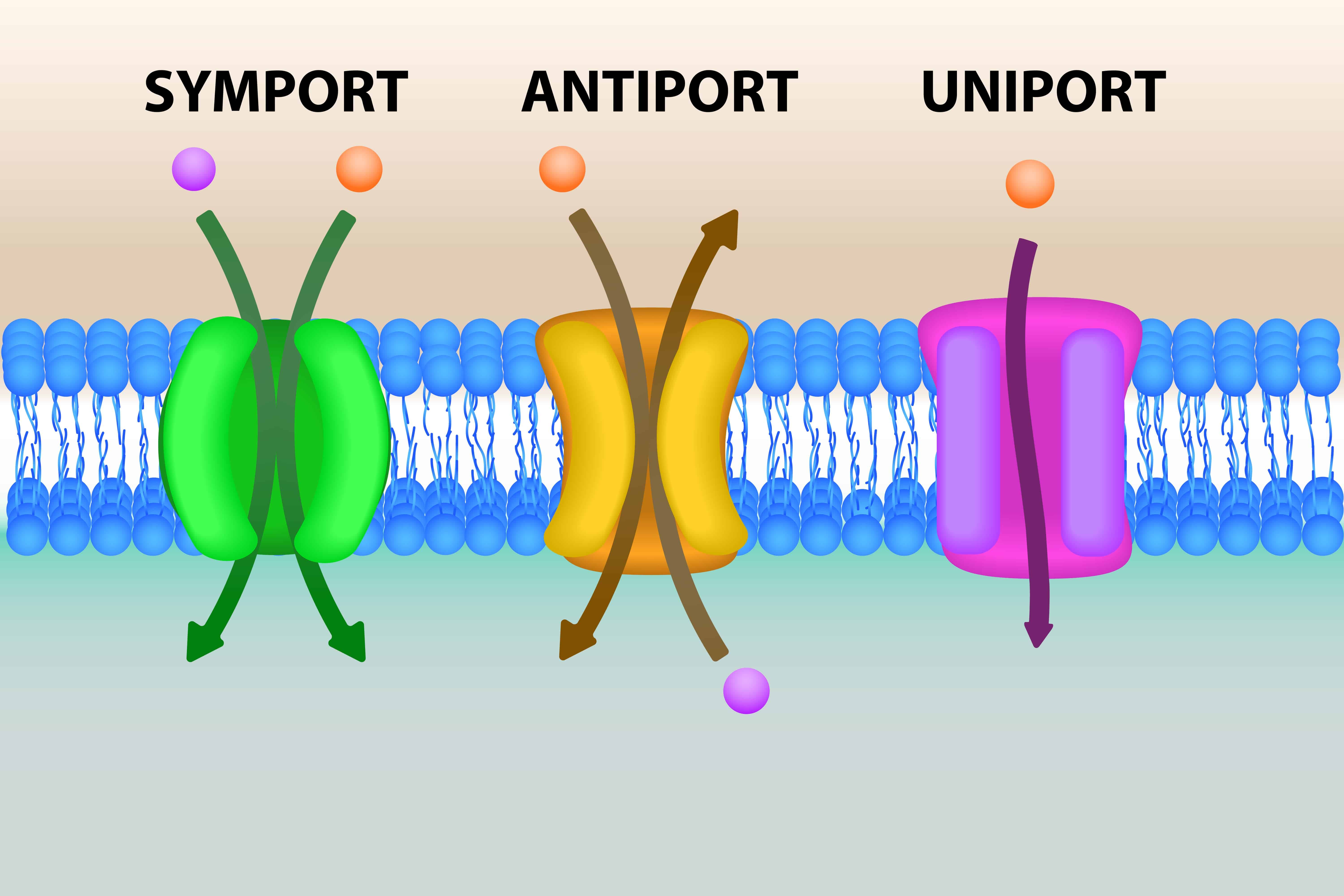
7 Different Types of Active Transport PopOptiq
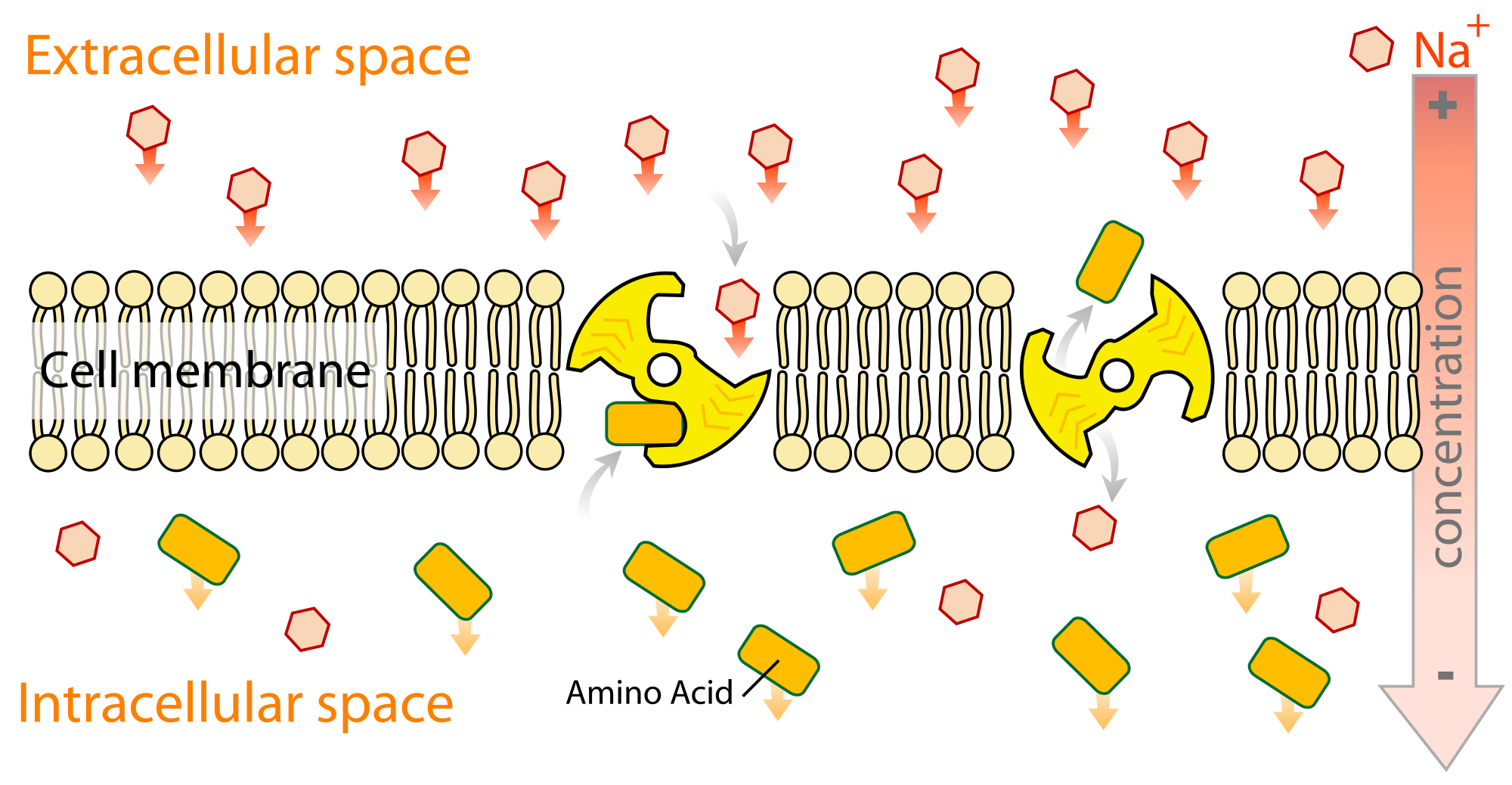
Process Of Active Transport In Root Hair Cells Plants Transport

Active Transport Tutorial Sophia Learning

PPT Active Transport PowerPoint Presentation, free download ID2586036

Active Transport And Diffusion In Plants
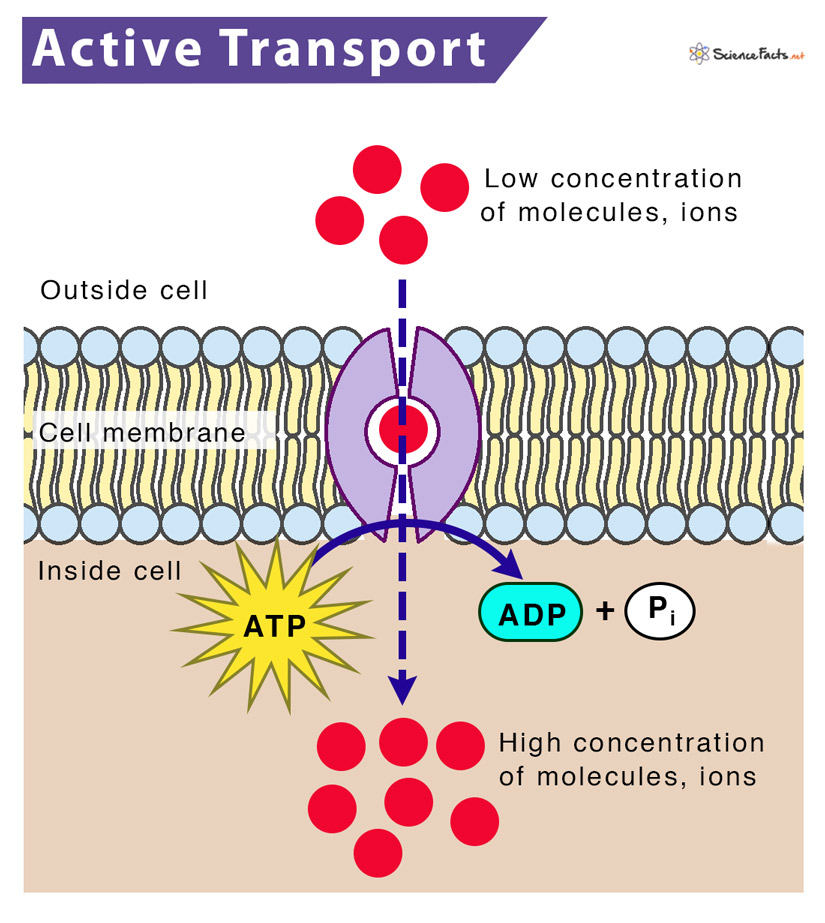
What Molecule Is Necessary for Active Transport WadehasJohns
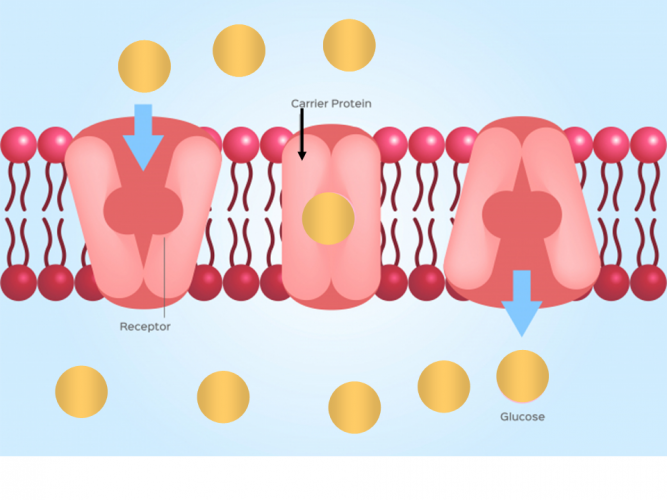
Explain How Cells Use Active Transport Worksheet EdPlace

Anatomy & Physiology Active Transport ditki medical & biological

Active Transport Across the Cell Membrane. Stock Vector Illustration
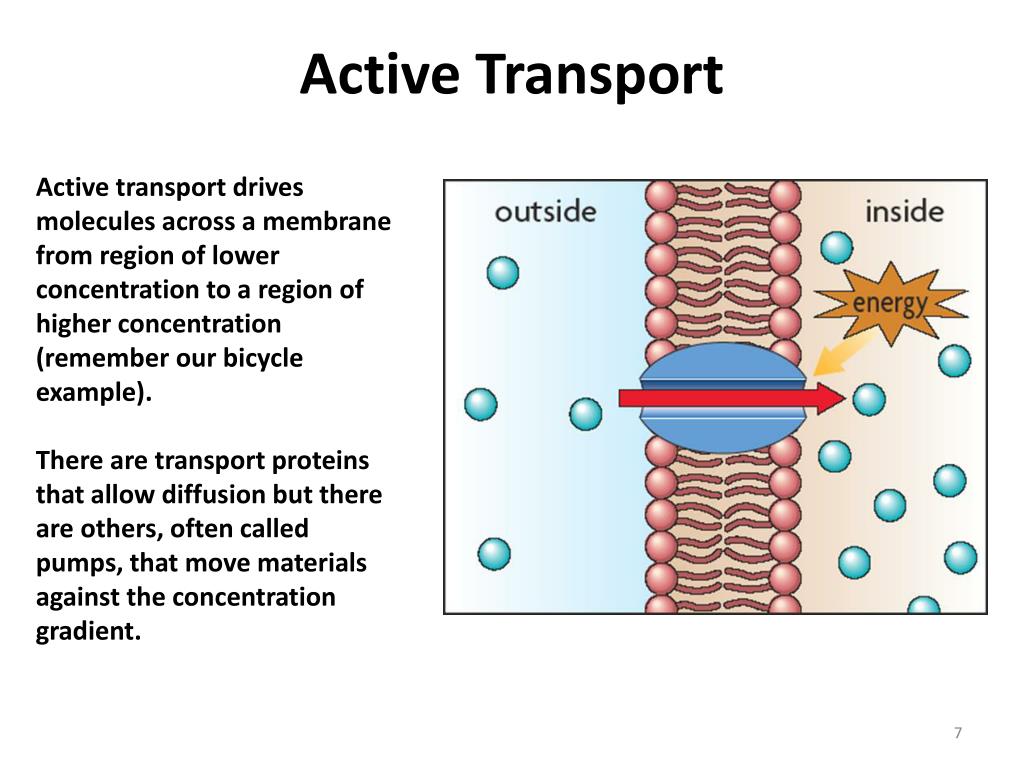
Active Transport Diagram
Web Browse 10,200+ Active Transport Drawing Stock Photos And Images Available, Or Start A New Search To Explore More Stock Photos And Images.
Small Substances Constantly Pass Through Plasma Membranes.
This Uses Energy From Atp.
Channels Channel Proteins Span The Membrane And Make Hydrophilic Tunnels Across It, Allowing Their Target Molecules To Pass Through By Diffusion.
Related Post: